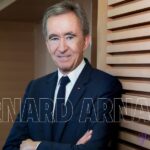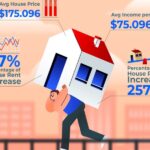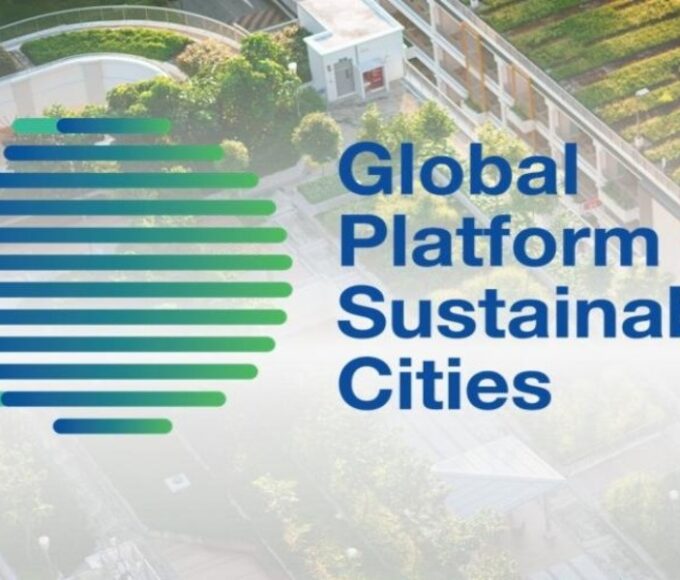Five-Year Housing Market Predictions: What to Expect by 2029
As the housing market continues to evolve, both homebuyers and investors are keenly watching trends and seeking insights into what the next five years will hold. Several factors, including interest rates, economic growth, demographic shifts, and government policies, will shape the housing landscape. Here’s a look at what to expect from the U.S. housing market by 2029.
Continued Impact of High Mortgage Rates
Mortgage rates have been rising steadily in recent years, and while some experts expect rates to moderate slightly in the near future, they may remain higher than the historically low rates of the past decade. For homebuyers, this means that monthly mortgage payments could continue to be elevated, particularly for those purchasing larger or more expensive properties.
While rates may fluctuate, the general trend could continue to discourage many buyers from entering the market, leading to lower overall transaction volumes. However, rising interest rates could encourage buyers to settle for smaller homes, more affordable locations, or adjustable-rate mortgages (ARMs) in the short term. Over the next five years, buyers and sellers will need to factor in higher rates as a part of their long-term planning.
Evolving Housing Supply and Demand
The U.S. housing market will likely continue to grapple with supply and demand imbalances. Despite efforts to ramp up construction, the supply of affordable homes remains limited in many regions, particularly in major cities and suburban areas that are experiencing population growth. The lack of new construction, combined with higher material costs and labor shortages, may make it difficult to meet growing housing demand.
In the next five years, this issue could be exacerbated by increased demand from millennials and Gen Z buyers, who are expected to become a larger part of the market. As these generations enter homeownership age, the demand for both single-family homes and multi-family housing is expected to grow. This could further tighten the market, especially in popular urban and suburban locations.
Shift Towards Suburban and Rural Living
The trend of people moving from dense urban areas to suburban and rural regions, accelerated by the COVID-19 pandemic and the rise of remote work, is expected to continue. Many individuals and families are seeking larger homes and more affordable living options, leading to increased demand for properties in less congested areas.
By 2029, expect to see continued growth in suburban and rural housing markets, with an emphasis on larger homes, access to outdoor space, and proximity to work-from-home-friendly industries. Cities that offer a combination of urban amenities and lower living costs could see a surge in new residents, while traditional urban centers may struggle to retain their populations if they fail to adapt to changing work and lifestyle preferences.
Increased Focus on Sustainability and Smart Homes
As environmental concerns become more pressing, both buyers and developers are likely to prioritize sustainability in housing. Over the next five years, green building practices, energy-efficient homes, and smart home technology are expected to become standard features for many new homes. From solar panels to energy-efficient HVAC systems and smart home devices, homebuyers will increasingly seek properties that reduce their environmental impact and offer long-term cost savings.
Government incentives, tax credits, and increased awareness of climate change could further drive the demand for eco-friendly homes. This could also lead to a rise in renovations as homeowners update older properties to align with sustainability goals.
Changes in Homeownership Trends
Homeownership in the U.S. has long been viewed as the cornerstone of the American Dream, but the trend of renting may continue to rise in the next five years, especially in younger demographics. The affordability challenges presented by high home prices and mortgage rates could push more people into the rental market, particularly in urban centers and areas with high property values.
This shift could lead to increased demand for rental properties, particularly in metropolitan areas, where the demand for flexible living arrangements and short-term leases is rising. On the flip side, higher demand for rental properties could lead to increased investment opportunities in multifamily real estate, as institutional investors continue to seek stable returns.
Housing Prices and Market Stability
While housing prices have surged in recent years, many experts expect prices to level off or increase at a slower pace by 2029. The affordability crisis may temper price growth, especially in overheated markets. However, price declines in the housing market are unlikely due to the continued imbalance between supply and demand. As demand for housing remains strong, especially in desirable regions, home prices could still rise, albeit at a slower rate.
However, the stability of the housing market will heavily depend on broader economic conditions, including inflation, employment rates, and consumer confidence. A robust economy with low unemployment could keep the housing market strong, but a potential recession or economic downturn could have a cooling effect, leading to price corrections in some areas.
Conclusion: A Changing Market with Challenges and Opportunities
Looking ahead to 2029, the U.S. housing market will likely face a complex combination of challenges and opportunities. High mortgage rates, supply shortages, and shifting demographics will all play significant roles in shaping the market. For buyers, this may mean more competition, higher costs, and more strategic decision-making. For sellers, this could present opportunities to capitalize on strong demand in desirable areas, but they will need to be mindful of shifting preferences and pricing trends.
Ultimately, the next five years will be a time of adaptation and innovation, as the market responds to changing economic conditions, societal trends, and consumer needs. While there are uncertainties ahead, those who remain informed and agile will be best positioned to navigate this evolving housing landscape.
Visit Latest Interviews
Recent Posts
Related Articles
Why You Should Think About Your Domain Extension Before You Think About The Name?
Think of your domain extension like a surname—it wraps up your web...
ByGlobal Leaders ViewAugust 19, 2025Germany’s ‘Energiewende’ Initiative: A Vision for a Sustainable Future
Germany’s ambitious energy transition, known as the Energiewende, aims to shift the...
ByGlobal Leaders ViewJanuary 27, 2025Global Platform on Sustainable Cities Established
In a groundbreaking move toward addressing the challenges of urbanization and climate...
ByGlobal Leaders ViewJanuary 27, 2025Singapore’s Green Urbanism Initiatives
Singapore, known for its modern skyline and bustling urban environment, is also...
ByGlobal Leaders ViewJanuary 27, 2025














Leave a comment